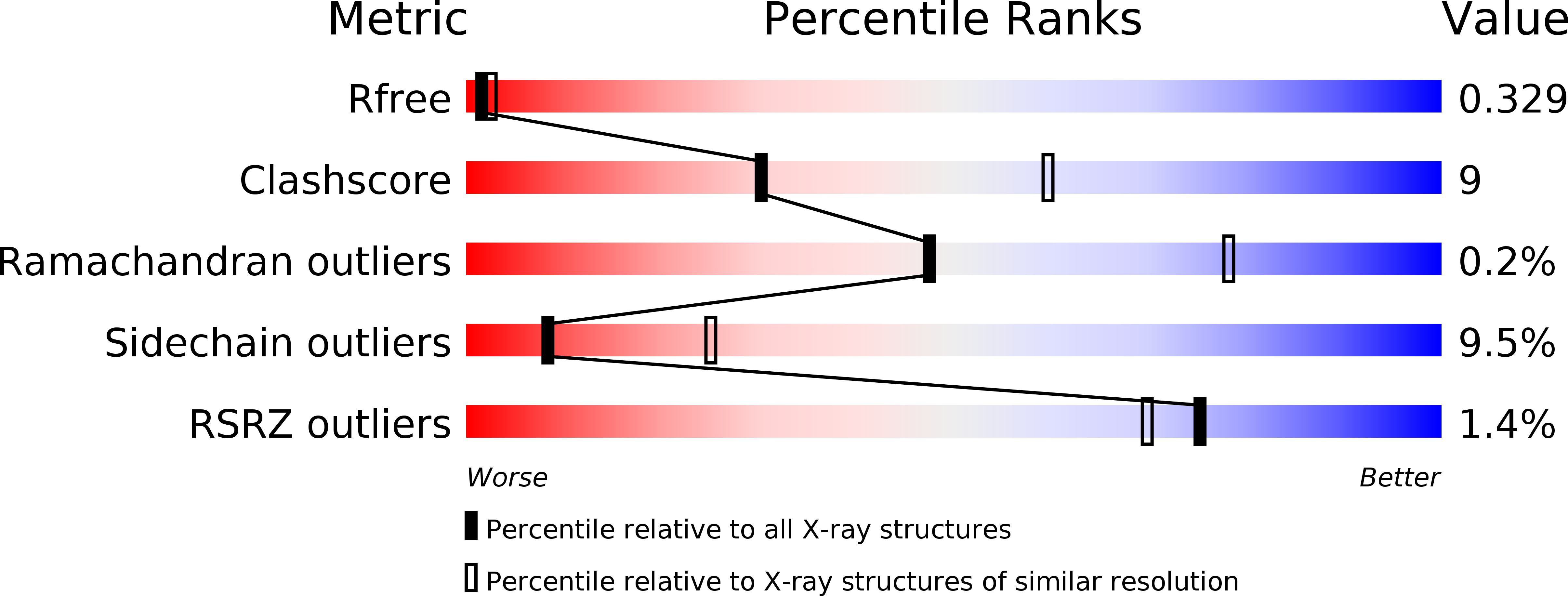
Deposition Date
2013-03-05
Release Date
2013-06-05
Last Version Date
2024-10-30
Entry Detail
PDB ID:
4JHR
Keywords:
Title:
An auto-inhibited conformation of LGN reveals a distinct interaction mode between GoLoco motifs and TPR motifs
Biological Source:
Source Organism:
Mus musculus (Taxon ID: 10090)
Host Organism:
Method Details:
Experimental Method:
Resolution:
2.80 Å
R-Value Free:
0.31
R-Value Work:
0.24
R-Value Observed:
0.25
Space Group:
P 2 21 21


